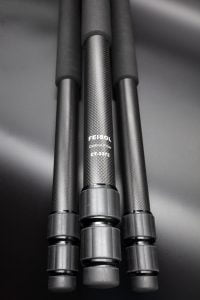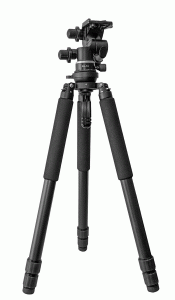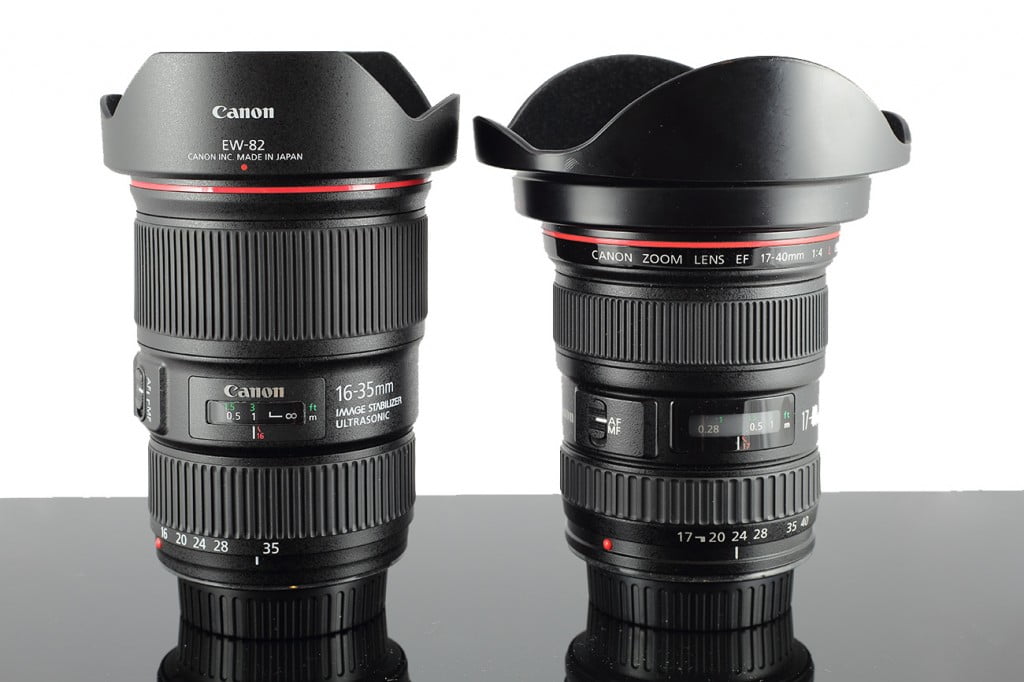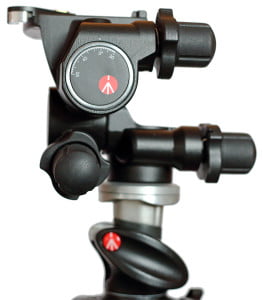Feisol Elite 3372 Mark 2 Tripod
Affiliate Disclaimer: This post contains affiliate links, and I may earn a commission if you purchase through them. No extra cost to you!
I have been using this tripod since 2017 and must say it is the best tripod I have used compared to my previous three-legged friends.
Why I Needed a New Tripod
My Manfrotto 190XPRO3 Tripod had to be replaced because of corrosion around the leg locks and one of the leg adjusters was so badly worn the leg could only be partially splayed. Even though I tried my best to look after this tripod by cleaning it after every outing and stripping it down for a thorough clean when used in sand and saltwater, it wasn’t enough to prevent the ultimate demise of this tripod.
I really did not want to purchase another 190XPRO3 or indeed, any Manfrotto tripod! After having owned three of them, they have more or less all ended up in the same condition as the 190XPRO3. I, therefore, decided I needed a more robust tripod and one that was impervious to sand and saltwater but also sturdy and not too heavy. I also did not want a tripod with a center column as I find them to be pretty much useless as I never used them and they only add more weight and prevent you from getting really low-angle shots.
The Perfect Solution: The Feisol Elite 3372 Mark 2Read More






